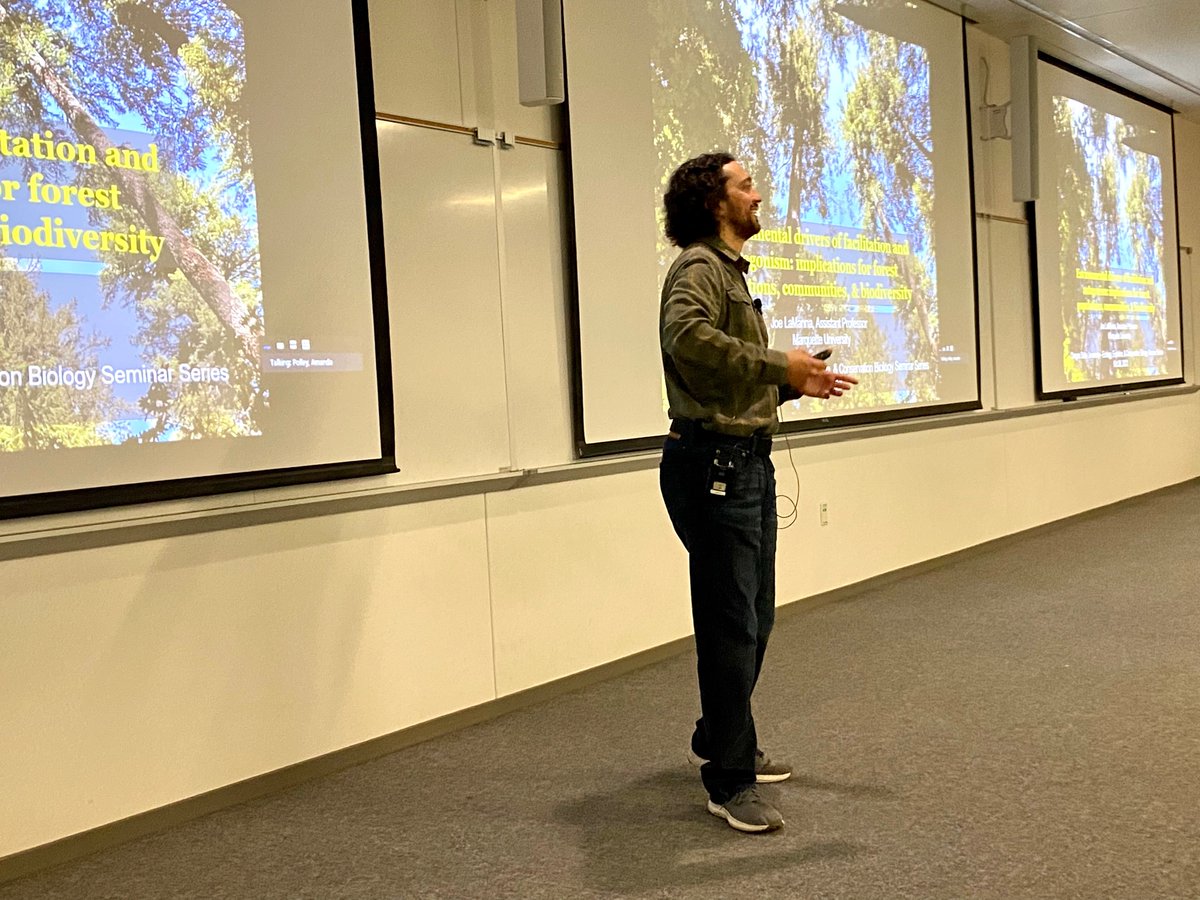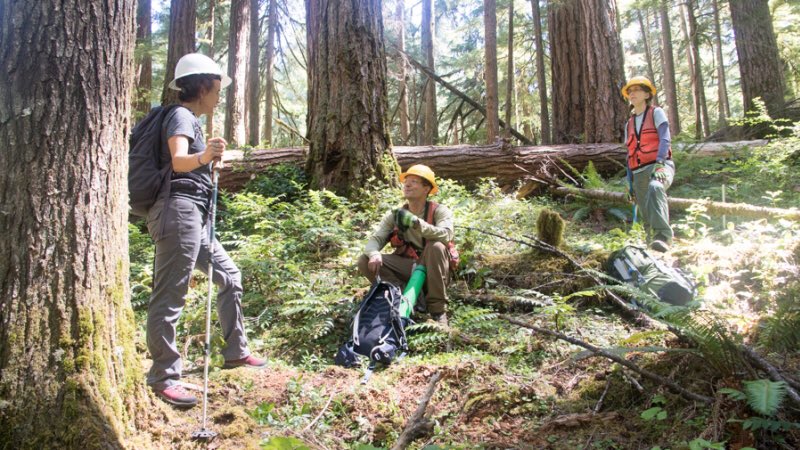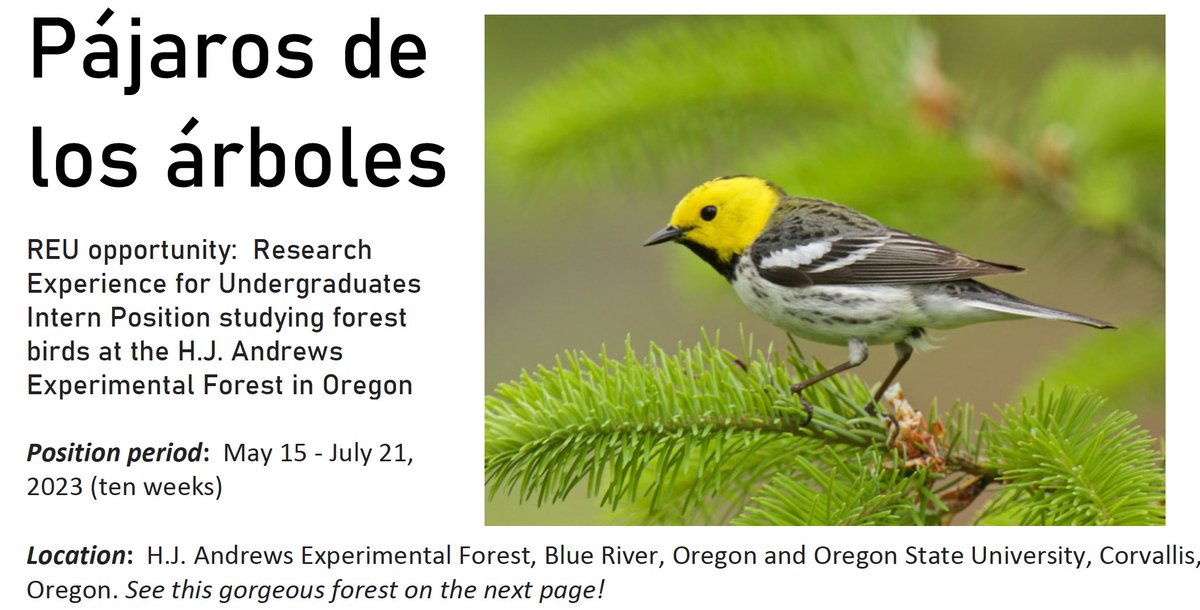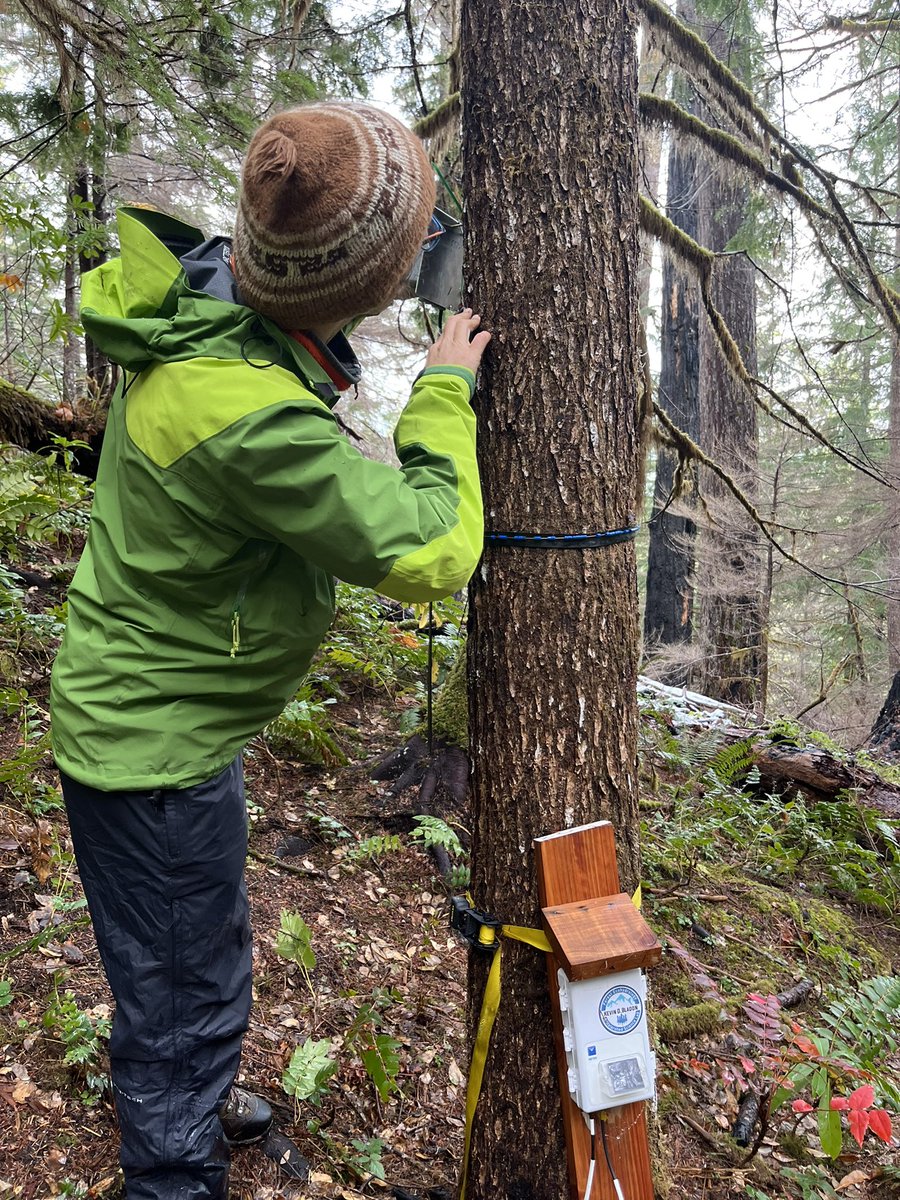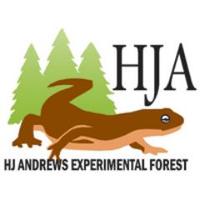
Andrews Forest
@HJA_Live
Live tweeting from the HJ Andrews Experimental Forest, USA. Research and activities supported by the NSF, USFS, OSU and @USLTER.
ID:429476315
https://andrewsforest.oregonstate.edu/about 06-12-2011 01:01:06
1,1K Tweet
812 Takipçi
285 Takip Edilen

Drought experiment 3rd year Andrews Forest. One low flow reach & one high temperature reach. Will run for 6 weeks. With Warren Lab - Oregon State University and Maddie Maffia. Thanks to Adrian, Haley and Zach


Pleased to say Andrews Forest has finished a fun and interesting week at our US LTER National Science Foundation mid-term review! Thanks Catalina Segura - Associate Professor Posy Busby Brooke Penaluna and many others for your devotion to this research and forest, and to panelists for all of your time and thoughtful questions!
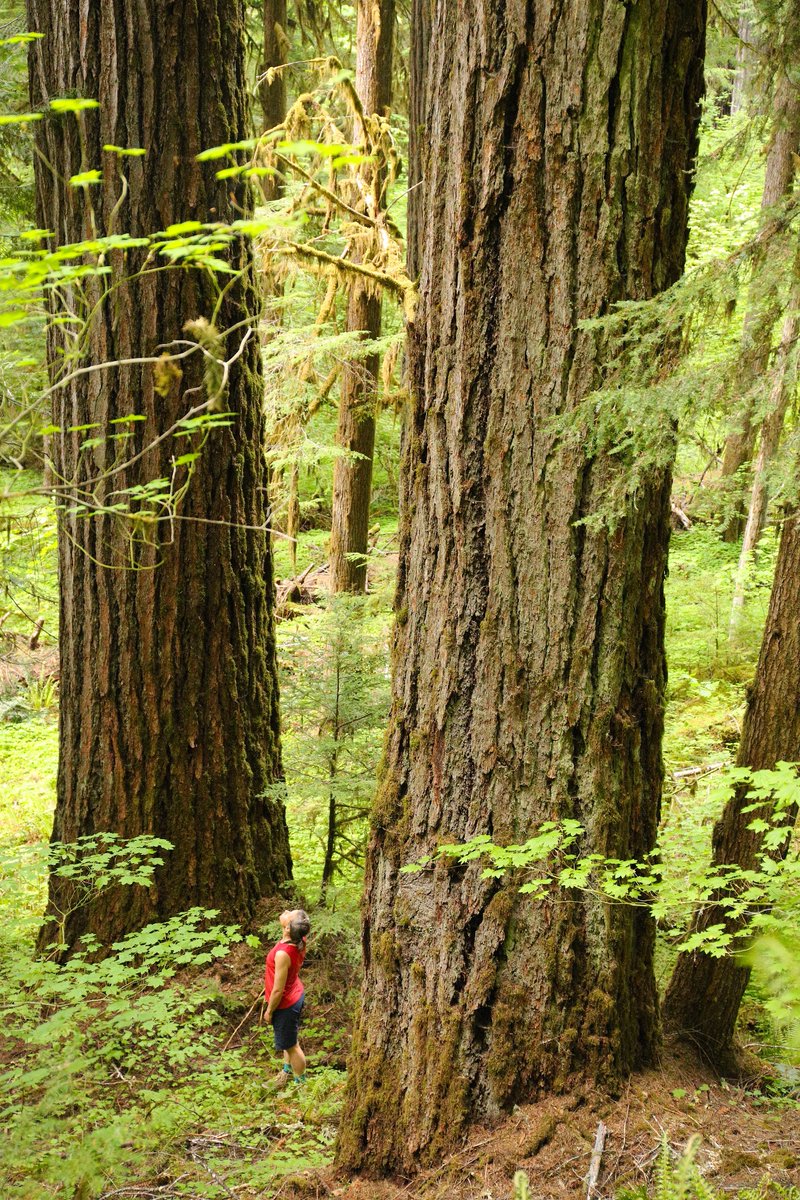


Exciting opportunities the HJA!
andrewsforest.oregonstate.edu/news/job-openi…
US LTER Pacific NW Research Matt Betts Catalina Segura - Associate Professor

For squirrel appreciation day, I’ll share the Humboldt flying squirrel (Glaucomys oregonensis) caught in 2011 at Andrews Forest as part of a spotted owl prey-base study. They were still classified as Northern at the time. They were separated in 2017 by Arbogast et al.
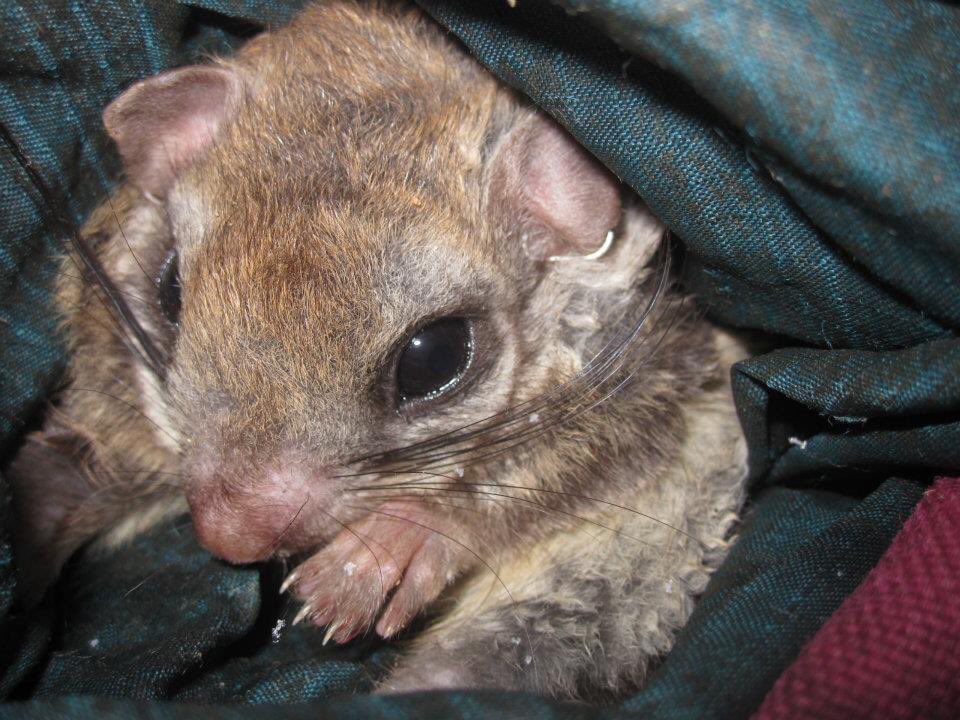


Are all 'green spaces' good for biodiversity? In our newest episode of Below The Canopy, Matt Betts talks about how degraded forests impact wildlife and explains why birds are a clear warning sign for #biodiversity loss.
below-the-canopy.captivate.fm/episode/matt-b…
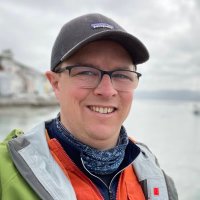
Reunion of our REU team from Andrews Forest a few ago, including Paige Sheridan Becker 🐀 & Tadd Bindas. Please to report Tadd is seeing parallels between his REU and current dissertation work with Chaopeng Shen — love watching people grow & succeed!!
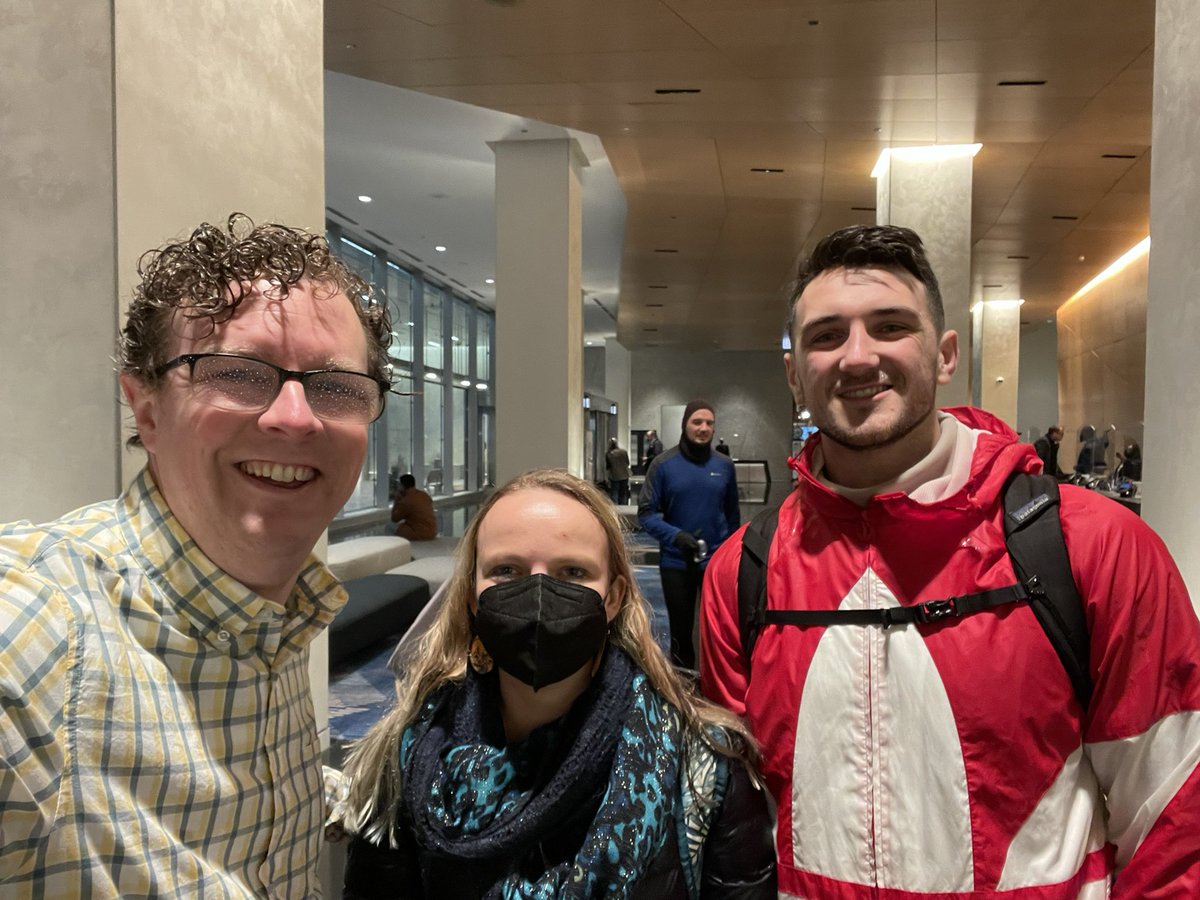

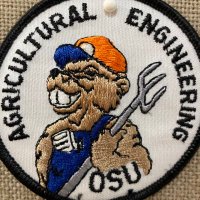

Q: What affects the upper limit of fish?
A: stream size, slope, and elevation
Article: nature.com/articles/s4159…
Project Page: fs.usda.gov/pnw/projects/u…
Oregon AFS Pacific NW Research Oregon Department of Fish and Wildlife Western Division American Fisheries Society Consortium of Aquatic Science Societies OSU Fisheries, Wildlife, & Conservation Sciences James P. Losee Forestry - OSU US LTER Andrews Forest #trout

Old growth forests provide respite from climate change for animals, research at Andrews Forest finds—stressing the importance of keeping old trees alive.
#NSFfunded National Science Foundation
beta.nsf.gov/news/old-growt…





Old-growth forests and managed forests with old-growth characteristics can provide relief from climate change for some bird species, research by Andrews Forest scientists and colleagues suggest.
Read the National Science Foundation Research News update here:
beta.nsf.gov/news/older-for…
#NSFfunded

Joe Lamanna rocks the house with his @oregonstate EECB talk on how within-species tree interactions shift from negative to nearly positive across a microclimate gradient. Does this mechanism enable higher biodiversity in warmer forests? Joe LaManna Andrews Forest
